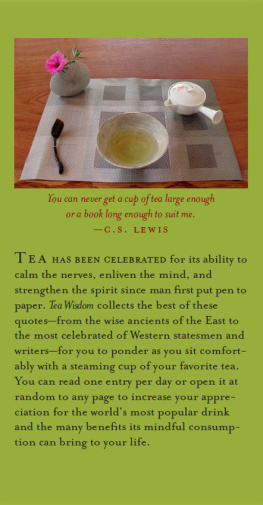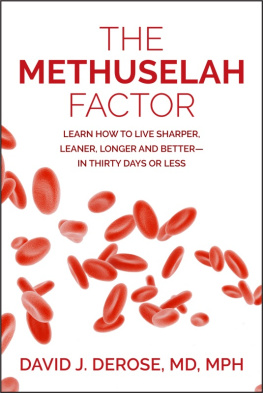Contents
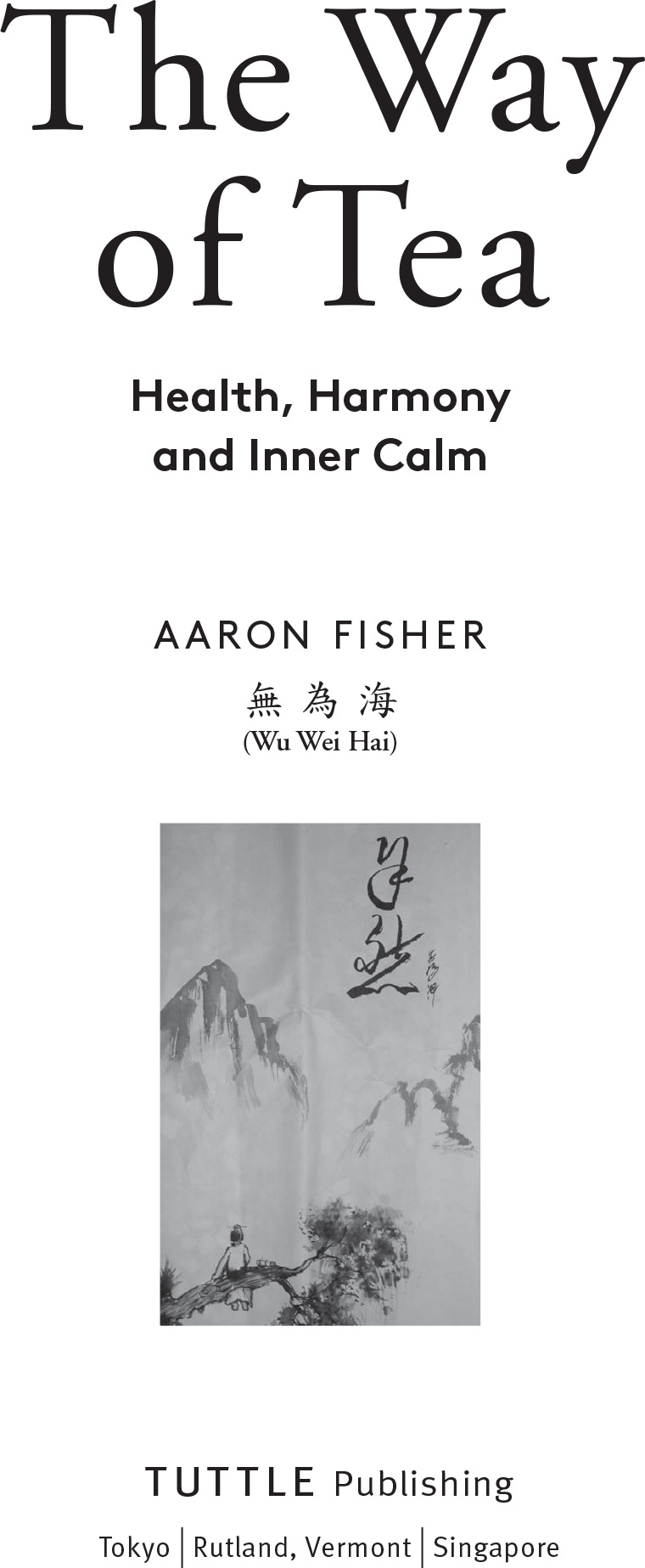
Books To Span The East And West
Tuttle Publishing was founded in 1832 in the small New England town of Rutland, Vermont [USA]. Our core values remain as strong today as they were thento publish best-in-class books which bring people together one page at a time. In 1948, we established a publishing office in Japanand Tuttle is now a leader in publishing English-language books about the arts, languages and cultures of Asia. The world has become a much smaller place today and Asias economic and cultural influence has grown. Yet the need for meaningful dialogue and information about this diverse region has never been greater. Over the past seven decades, Tuttle has published thousands of books on subjects ranging from martial arts and paper crafts to language learning and literatureand our talented authors, illustrators, designers and photographers have won many prestigious awards. We welcome you to explore the wealth of information available on Asia at www.tuttlepublishing.com.
Published by Tuttle Publishing, an imprint of Periplus Editions (HK) Ltd.,
www.tuttlepublishing.com
Copyright 2022 Aaron Fisher
All rights reserved. No part of this publication may be reproduced or utilized in any form or by any means, electronic or mechanical, including photocopying, recording, or by any information storage and retrieval system, without prior written permission from the publisher.
Library of Congress
Cataloging-in-Publication Data
Fisher, Aaron.
The way of tea : reflections on a life with tea / Aaron Fisher. -- 1st ed.
p. cm.
ISBN 978-0-8048-4032-3 (hardcover)
1. Tea--Asia--History. 2. Cookery (Tea) 3. Drinking customs--Asia. I. Title.
TX415.F52 2010
641.3372095--dc22
2009022453
ISBN 978-0-8048-5436-8
(Previously published as ISBN 978-0-8048-4032-3)
ISBN 978-1-4629-2308-3 (Ebook)
Distributed by
North America,
Latin America & Europe
Tuttle Publishing
364 Innovation Drive
North Clarendon,
VT 05759-9436 U.S.A.
Tel: 1 (802) 773-8930
Fax: 1 (802) 773-6993
www.tuttlepublishing.com
Japan
Tuttle Publishing
Yaekari Building, 3rd Floor
5-4-12 Osaki Shinagawa-ku
Tokyo 141 0032
Tel: (81) 3 5437-0171
Fax: (81) 3 5437-0755
Asia Pacific
Berkeley Books Pte. Ltd.
3 Kallang Sector
#04-01, Singapore 349278
Tel: (65) 6741-2178
Fax: (65) 6741-2179
www.tuttlepublishing.com
First edition
26 25 24 23 22 10 9 8 7 6 5 4 3 2 1
Printed in Malaysia 2112VP
TUTTLE PUBLISHING is a registered trademark of Tuttle Publishing, a division of Periplus Editions (HK) Ltd.
This book is for my first teachers, before there were any masters or teas to learn from, Daniel and Carol Fisher.
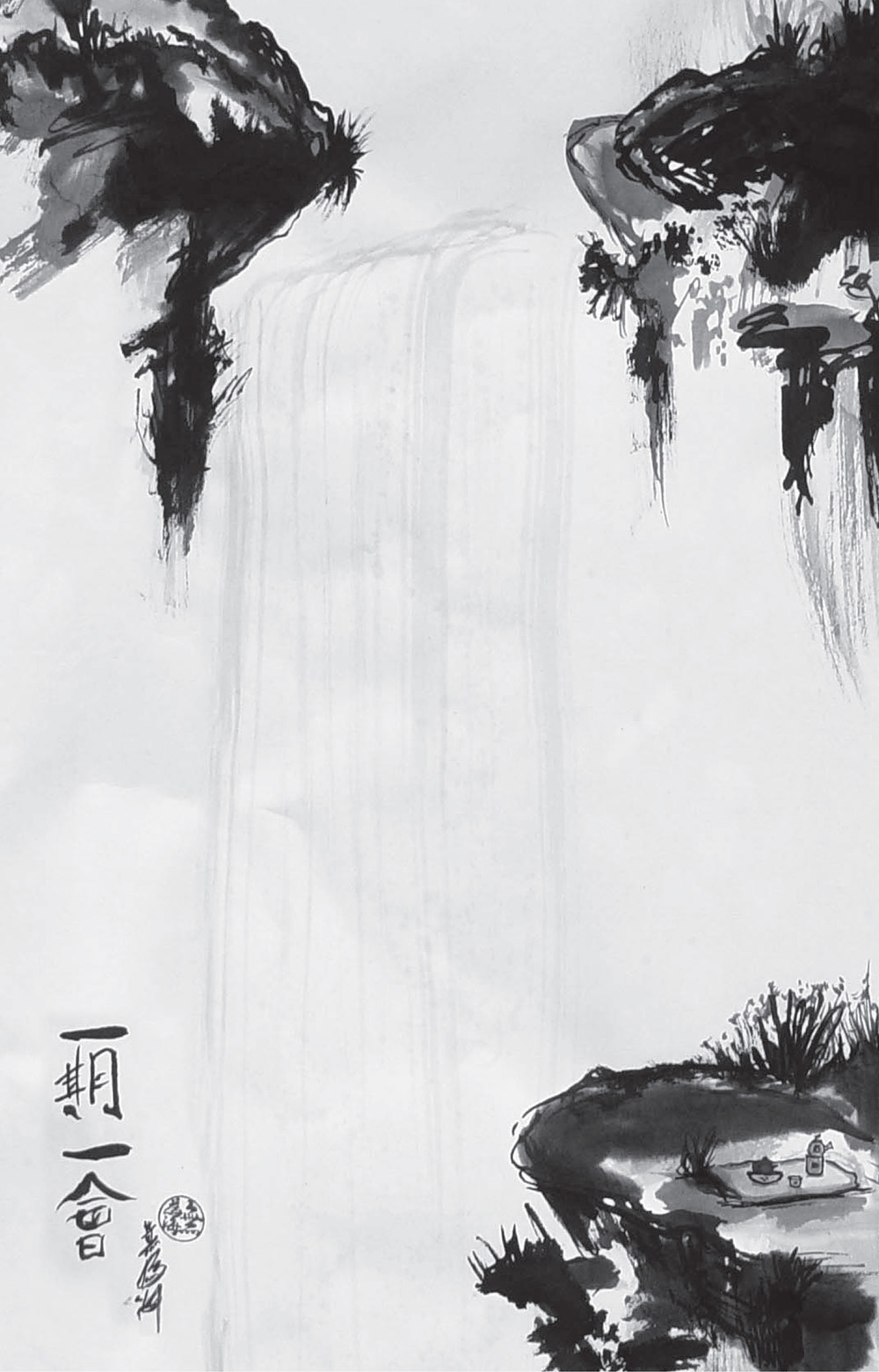
Yet another book on the Tao?
The old monk asked politely,
Though the stillness in his weathered hands
Seemed in askance of the need for noise in a quiet place.
Inspired by the Tao,
Was what I wanted to say;
But I am moved to write seemed more true.
I see he smiled,
And paused,
But why the Tao of tea? Why not cabbage soup?
I couldnt help it,
Glanced briefly down
At his old teapot on the shelf there.
More aware than I,
The wise old man followed my eyes
Ahhh he said,
Reaching for a kettle of water to place on the stove,
Perhaps it is well after all.
Acknowledgments
Behind every author there is an editor whose gentle touch transforms a manuscript into a book, and with a true unseen virtue to make old Lao Tzu smile. So much of the real quality of this book is due to the patience and wisdom of William Notte. May his cup be filled with Morning Dew.
If I am to be honest, I must say that all the wisdom in this book is really just like a chain letter that I am passing on to you. All of these teachings were handed down to me by teachers greater than I, and with their permission. They, too, hope that the Way of Tea might spread and benefit others.
Let us then bow deeply to teachers Jeffrey McCloud, Master He, Zhou Yu, Master Tsai, Chen Zhi Tong, both the Liangs (father and son, Lao and Xiao), Gary Cham, Master Takahashi, Henry Yiow and of course my own Sifu, Master Lin Ping Xiang.
I also kneel before all the tea sessions Ive had, and all those that joined me and taught me so much about tea and myself. Every single day, I always put a cup out on an alter. I place it there for all my tea brothers, sisters, and teachers who arent with me this day. May you all drink of it in spirit, and find fulfillment.
A Brief Introduction

Though there is information flowing through the lines you will read in this story, I write not to add to a growing list of scholarly facts on tea. I instead want to approach my reflections on teaits history, development and preparation over timefrom an intuitive perspective; that is, to inspire the heart not the mind. So much of what tea is about, from ancient to modern, water to leaves to liquor, takes place deep inside us where words can never hope to reach. Therefore, allow me, my friend, to breathe a bit of lifea bit of mythologyback into the story of tea, that it have the transcendent power it once had.
I have tried my best to use what knowledge I have of tea history, art, culture and preparation to paint a more spiritual landscape, based not on the logical, data-oriented criteria that one evaluates a scholarly book, but instead on the values that define artthe rules of the heart, mine to yours. Please dont travel with me in intellect alone. Allow the coming chapters to be what any bit of ink, carefully drawn or f lung with artistic abandon, might be: a mere suggestion of the Tao of Tea, not a statement of fact. The best stories are performed in the brewing of teasipped stanzas that the minstrel but suggests, leaving us to imagine the rest.
CHAPTER ONE
The Tao of Tea
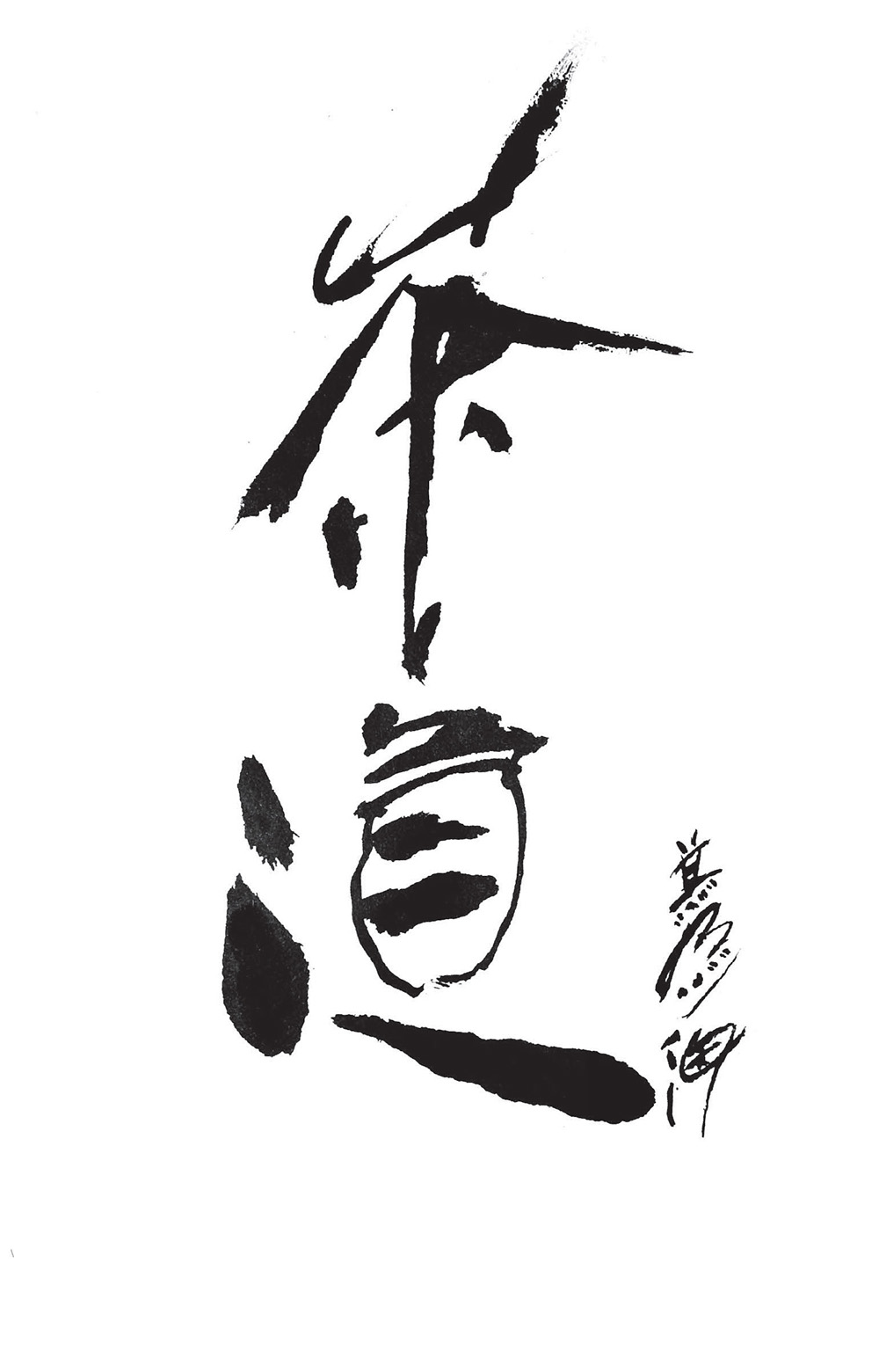
T he gently lucent Tao, mysterious and transcendent beyond all words and thoughtselegant and refined, magical and dreamy; and yet practical, flowing through the earth like the crystal waters of Chinese mountains, dancing down the scroll painting in fluid twists, turns and even leaps. And following the ancient silk scroll, saffroned with age, down past the wash of sky, mythically cyan, past the dancing mountains and waters that seem to fade in and out from the background, merging into misty nothingnessdown to the foreground where a tiny bamboo hut sits in a grove, lending shade to the bearded sage there. Though we must squint to find him, being seemingly insignificant compared to the grandeur around him, we can nevertheless tell that there is more to his stillness than hes letting on, and the slight flick of the brush that represents his eyes seems to allude to the emptiness that surrounds the whole composition.
It is very difficult to know where to even begin a discussion on something as elusive as the Tao. We all too often get caught up in the explanation of spiritual ideals, forgetting at once that the words and concepts referring to them are not really the principle itself; and sometimes our intellects can even get in the way of our experience. The first line of the most important book on the Tao is, after all, an admonishment that, The Tao that can be spoken, is not the Eternal Tao. And if we are to follow in the footsteps of such sages as lived these words in ancient times, all much greater than I, we will of course have to begin our understanding of the Tao by similarly paying homage to the fact that these words are but stones thrown at the starsnever actually coming close to that which they hope to inspire. It is my understanding that even the sages that are attributed as being the first to stroke these teachings onto paper or carve them into wood and stone were merely offering calligraphic suggestions of the Tao, rather than statements.



